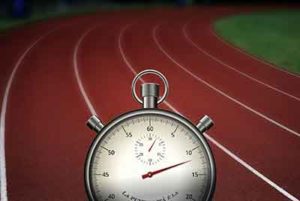
I received this email last night.
“. . . my training zones are from a field test I did two-years ago. At what point should I re-test? Should I be relatively “fresh” when I test? I lifted yesterday, and wrestling kicked my butt so I’m sore as heck. Wait till next week? Or does it not matter because it’s based on max effort?”
Adam had just read the “Setting Heart Rate Training Zones” I’d posted and realized he might need to revisit his testing.
When to perform a Lactate Threshold Field Test
NEW ENDURANCE ATHLETE
If you are new to endurance sport and have not yet built a base, I encourage you to not perform a Lactate Threshold Field Test. You can read the article on “Setting Heart Rate Training Zones” to see my recommendations for you.
ENDURANCE ATHLETE WITH A BASE
We have the athletes we work with test at the beginning of each season, so we can establish a baseline. Following that initial test, we will typically re-test every 4-6 weeks to gauge progress and keep training zones current.
FOLLOWING AN INJURY OR SIGNIFICANT BREAK IN TRAINING
Following an injury or significant break in training (upwards of two to three weeks) we will not perform a test until there has been at least 4-6 weeks of consistent training, so the athlete will be in no danger of injury and the test will be accurate.
Should I be rested for a Lactate Threshold Field Test
The short answer is, “It depends.” How quickly you recover is an important consideration.
If you ran a hard 10k, did a particularly difficult VO2 MAX interval ride, or completed a stressful strength session this morning, there are several factors that would prevent your from achieving a maximal effort later that day – fatigue, micro-tears in the muscles, tightness, inflammation, glycogen depletion, etc.
In general, we recommend that athletes be rested but not tapered for a field test. We typically advocate a 4-week periodization schedule and encourage a re-test at the end of a recovery week. The recovery week allows the athlete to shed any excess fatigue and provides time for the body to heal and recover from prior training stress. Following that schedule provides updated training zones every 4-weeks.
